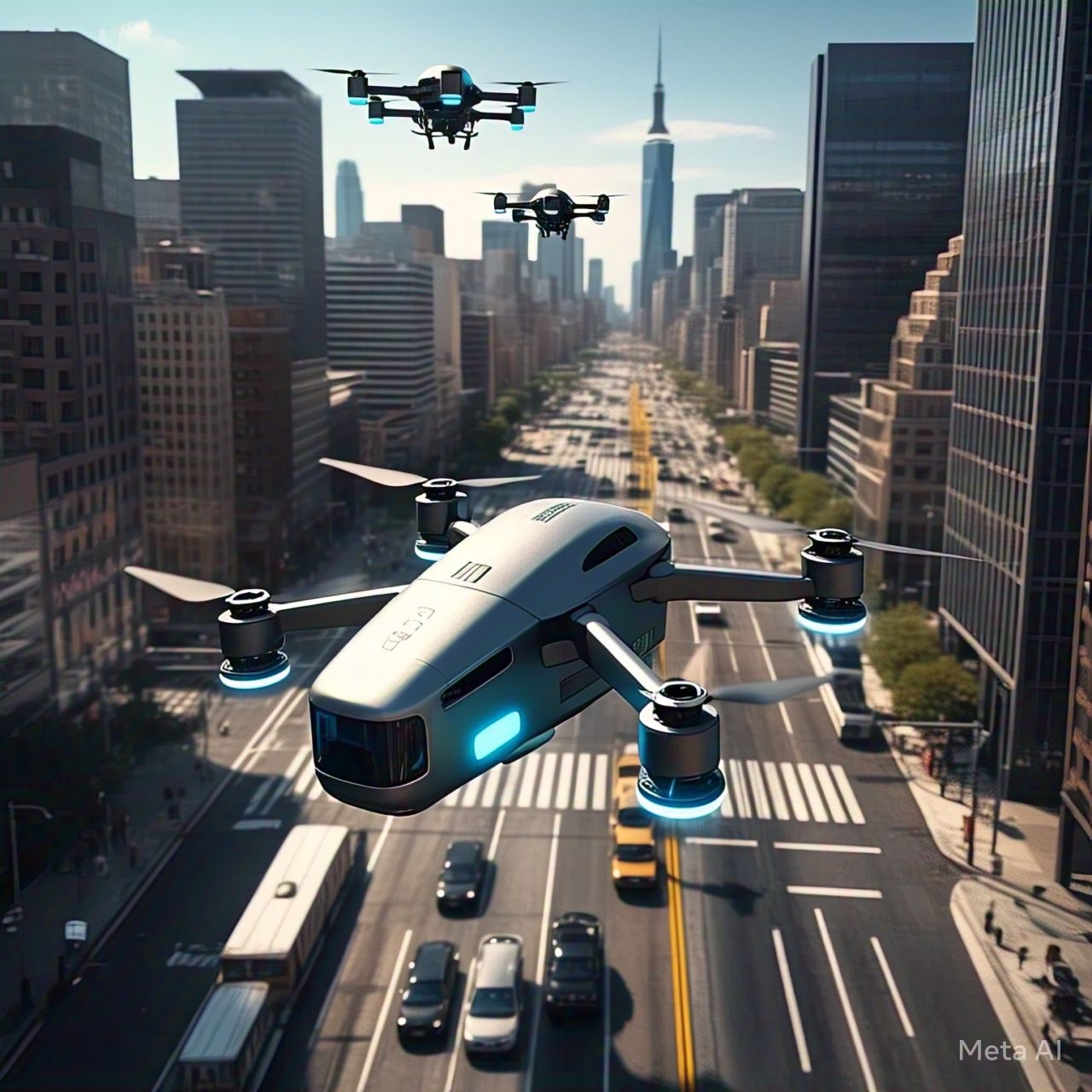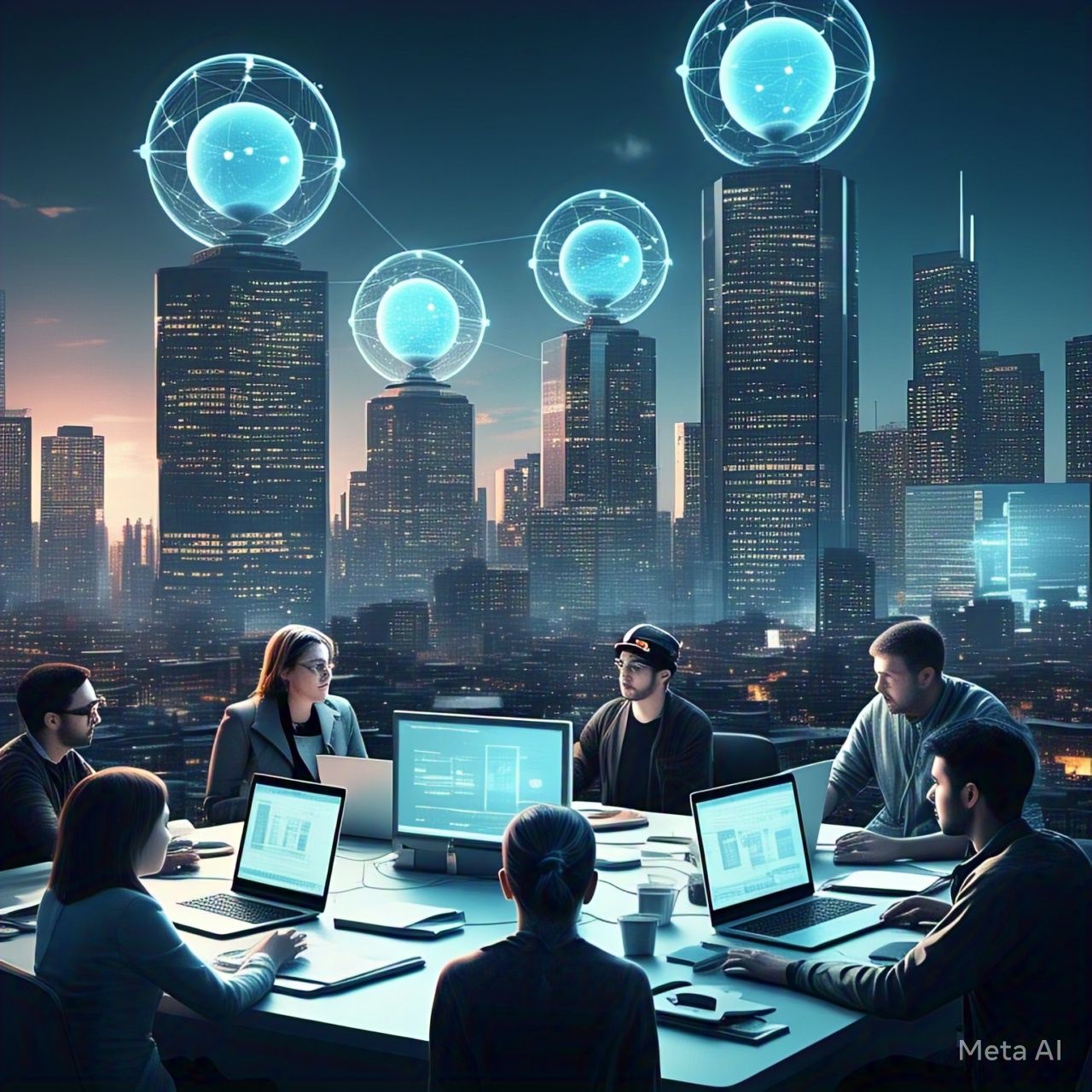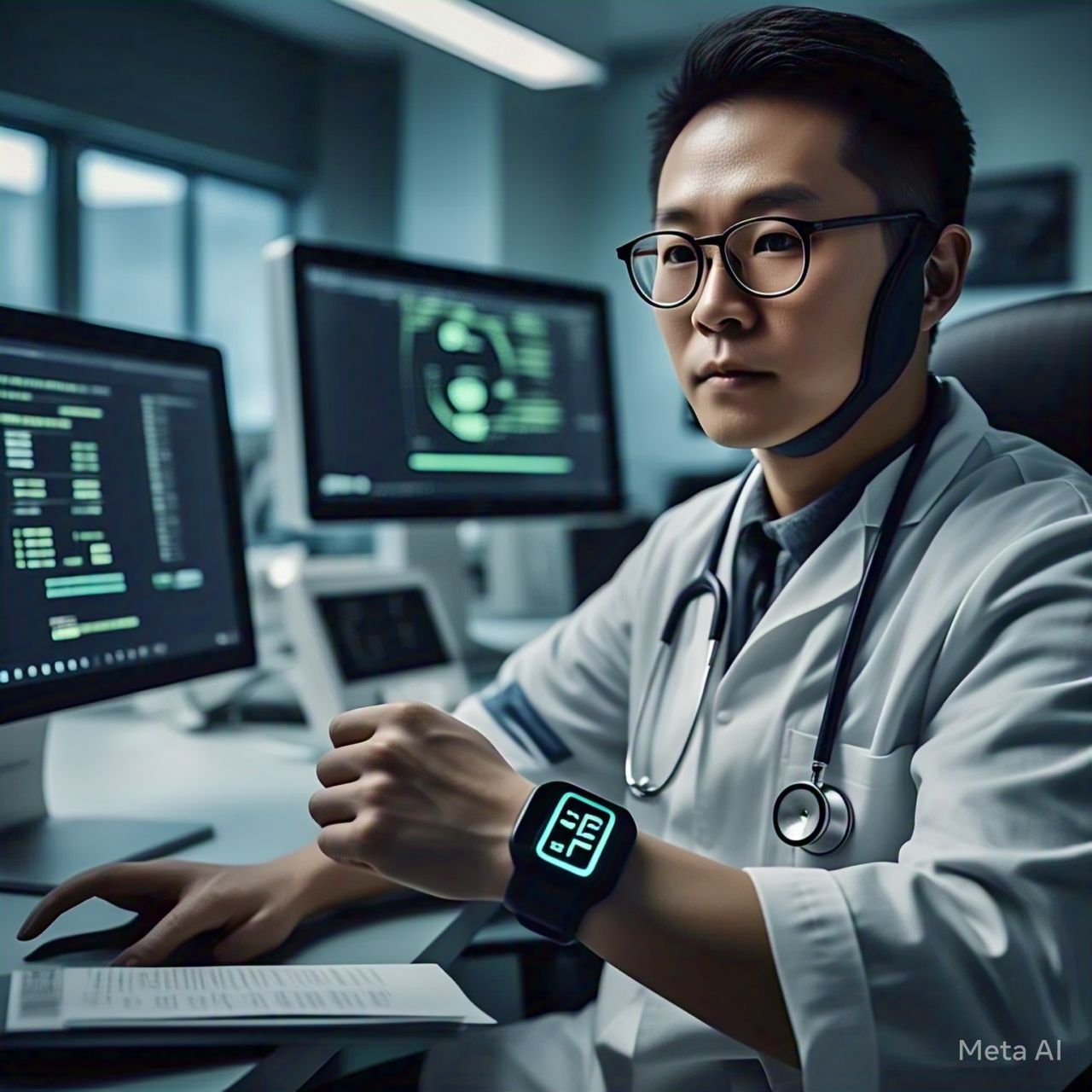Table of Contents
- Introduction
- The Role of AI in Drone-Based Traffic Management
- How AI-Driven Drones Monitor Traffic
- Benefits of AI-Powered Traffic Drones
- AI in Predictive Traffic Analysis
- Reducing Traffic Congestion with Drone Data
- Enhancing Emergency Response with AI Drones
- Challenges and Limitations of AI in Traffic Drones
- The Future of AI-Driven Traffic Drones
- Conclusion
- FAQs
1. Introduction
Traffic congestion and road safety are critical challenges in urban planning. Traditional methods of traffic management rely on ground-based surveillance, which has limitations in visibility and responsiveness. AI-driven drones offer a revolutionary approach by providing real-time aerial traffic monitoring, predictive analysis, and emergency assistance. This article explores how AI-powered drones are transforming traffic management and urban mobility.
2. The Role of AI in Drone-Based Traffic Management
AI enhances drone capabilities in traffic management by integrating:
- Computer vision for real-time vehicle detection and analysis.
- Machine learning algorithms for predicting traffic patterns.
- Automated navigation systems to optimize drone surveillance routes.
- Cloud-based data processing for quick decision-making.
These AI-powered features enable drones to improve traffic monitoring and road safety efficiently.
3. How AI-Driven Drones Monitor Traffic
AI-powered drones monitor traffic through:
- High-resolution cameras to capture vehicle movement.
- LiDAR sensors for accurate 3D mapping of roads.
- AI algorithms to detect congestion hotspots.
- Traffic violation detection using pattern recognition.
Table: Traditional vs. AI-Driven Drone Traffic Monitoring
| Feature | Traditional Traffic Monitoring | AI-Driven Drone Monitoring |
|---|---|---|
| Coverage Area | Limited to fixed cameras | Wide aerial coverage |
| Response Time | Delayed | Real-time |
| Data Accuracy | Prone to blind spots | High-precision AI analytics |
| Cost Efficiency | High maintenance | Lower long-term costs |
4. Benefits of AI-Powered Traffic Drones
AI-driven drones provide several advantages:
- Better congestion management by identifying high-traffic areas.
- Reduced human intervention with automated surveillance.
- Enhanced safety by detecting accidents and road hazards.
- Data-driven decision-making for city planners and traffic authorities.
These benefits help create more efficient and safer transportation systems.
5. AI in Predictive Traffic Analysis
Predictive analytics allows AI drones to:
- Analyze historical traffic patterns to forecast congestion.
- Detect accident-prone areas and send alerts to authorities.
- Optimize traffic light timing to reduce delays.
- Provide real-time rerouting suggestions for drivers.
By using predictive AI, drones help mitigate traffic issues before they worsen.
6. Reducing Traffic Congestion with Drone Data
AI drones contribute to congestion control by:
- Monitoring peak hour traffic trends and suggesting alternative routes.
- Coordinating with AI traffic lights for improved flow.
- Detecting unauthorized road usage and reporting violations.
- Providing real-time updates to navigation apps like Google Maps and Waze.
With these features, AI drones play a key role in optimizing urban mobility.
7. Enhancing Emergency Response with AI Drones
AI-driven drones improve emergency response by:
- Detecting accidents instantly and notifying authorities.
- Guiding ambulances through traffic with aerial navigation.
- Delivering emergency supplies in inaccessible areas.
- Coordinating with smart hospitals for real-time patient updates.
Faster emergency response times save lives and improve public safety.
8. Challenges and Limitations of AI in Traffic Drones
Despite their advantages, AI-driven traffic drones face challenges:
- Regulatory Restrictions – Legal frameworks for drone usage vary across regions.
- Privacy Concerns – Aerial surveillance raises ethical issues.
- Weather Dependency – Harsh weather conditions affect drone operations.
- Cybersecurity Threats – AI systems are vulnerable to hacking.
- High Initial Costs – Implementation requires significant investment.
Addressing these challenges is crucial for widespread adoption.
9. The Future of AI-Driven Traffic Drones
Future advancements in AI-powered traffic drones include:
- Integration with 5G networks for real-time data transfer.
- AI-powered autonomous drone fleets for continuous monitoring.
- Advanced swarm intelligence to coordinate multiple drones efficiently.
- AI-driven smart city integration for seamless traffic control.
As technology evolves, AI drones will become a standard tool for urban traffic management.
10. Conclusion
AI-driven drones offer a groundbreaking approach to traffic management by providing real-time monitoring, predictive analytics, and enhanced emergency response. While challenges exist, continuous advancements in AI and drone technology will make traffic management more efficient, safer, and cost-effective. Cities investing in AI-powered drone solutions will experience smoother traffic flow, reduced congestion, and improved road safety.
11. FAQs
1. How do AI-driven drones improve traffic management?
AI-powered drones use real-time surveillance, predictive analytics, and automated decision-making to monitor and manage traffic efficiently.
2. Can AI drones reduce traffic congestion?
Yes, AI drones analyze traffic patterns and provide alternative route suggestions, reducing congestion and improving overall traffic flow.
3. Are AI-driven traffic drones legal?
Laws vary by country, but many cities are adopting regulations to integrate AI drones into traffic management while addressing privacy concerns.
4. What challenges do AI-powered drones face in traffic management?
Challenges include regulatory restrictions, privacy concerns, cybersecurity threats, and weather dependency.
5. What is the future of AI in traffic drones?
The future includes autonomous drone fleets, real-time AI analytics, integration with smart city systems, and advanced predictive traffic management.
Citations:
- World Economic Forum – AI in Smart Traffic Management
- International Transport Forum – Drones and Urban Mobility
- MIT AI Lab – Machine Learning in Traffic Control
- Smart Cities Council – AI-Powered Drones for Urban Traffic
- National Highway Traffic Safety Administration (NHTSA) – AI in Traffic Surveillance




